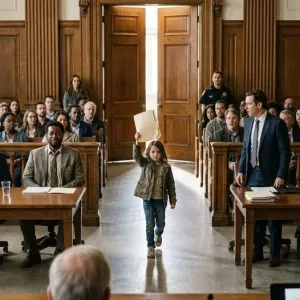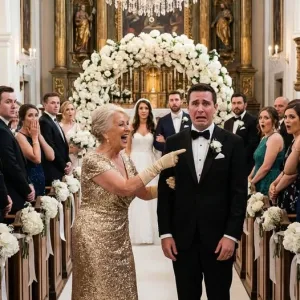Personal experiences often leave lifelong impressions — some beautiful, others painful. The writer’s first intimate encounter is remembered not with joy, but with fear and confusion. What should have been a moment of connection turned into panic and distress, marked by tears, a rushed hospital visit, and lingering emotional scars.Instead of the excitement or humor often portrayed in cultural conversations, the experience was traumatic. Society rarely addresses what happens when such personal moments go wrong. Many young people grow up without open discussions about health, consent, or body awareness, leaving them to learn through misinformation and silence.
This lack of education and communication can lead to serious consequences. When complications arise, feelings of fear and shame often replace understanding and care. The narrator reflects that better preparation and awareness could have prevented much of the pain that followed.
Medical professionals later confirmed that the physical injury was avoidable with proper knowledge. The incident became a medical emergency, turning what should have been safe and consensual into something frightening. The experience underscores how crucial accurate information and guidance are for physical safety and emotional well-being.
Beyond the physical trauma, the emotional recovery proved far more complex. The writer describes replaying the events repeatedly, wondering what went wrong, and struggling with self-blame — emotions many feel when faced with unexpected or frightening personal experiences.
Ultimately, the story reveals a powerful truth: open, honest conversations about health, safety, and body awareness are vital. When people are properly informed, fear and shame can be replaced with confidence and care. Education and empathy, not silence, are the keys to preventing pain and fostering understanding.





